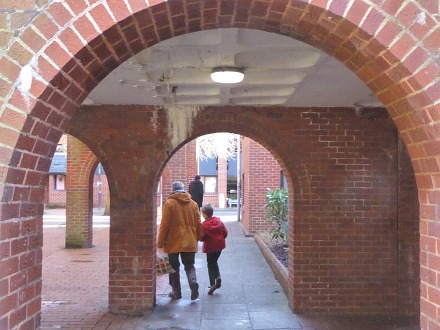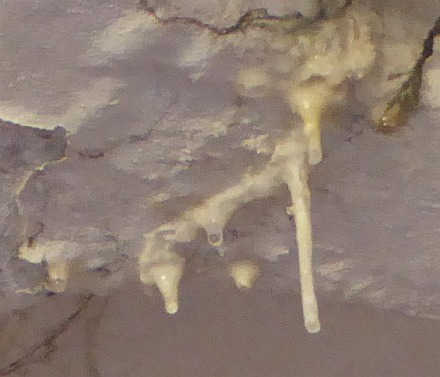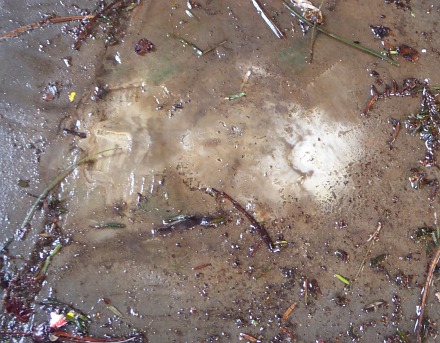
An exhibition at Abingdon County Hall Museum, The Geologist’s Guide to Abingdon, uncovers the hidden history beneath our feet. A series of display boards explains how the land was shaped over millions of years — through ancient seas and shifting rivers.

Abingdon and the River Ock are above Kimmeridge Clay, a type of rock formed in a warm, shallow sea around 150 million years ago during the Jurassic Period. Later, the landscape was shaped by rivers. Much of the gravel beneath Abingdon comes from ancient river terraces. During the Ice Ages, the River Thames and its tributaries cut through the land, carrying away rock and soil and leaving behind layers of gravel and sand where the rivers once flowed.
The exhibition also remembers people who helped us understand this geological story — including Mary Morland, from Abingdon. She was a talented illustrator and geologist. Her drawings helped to spread the knowledge of fossil discoveries.
(Abingdon Museum is run by Abingdon-on-Thames Town Council.)


